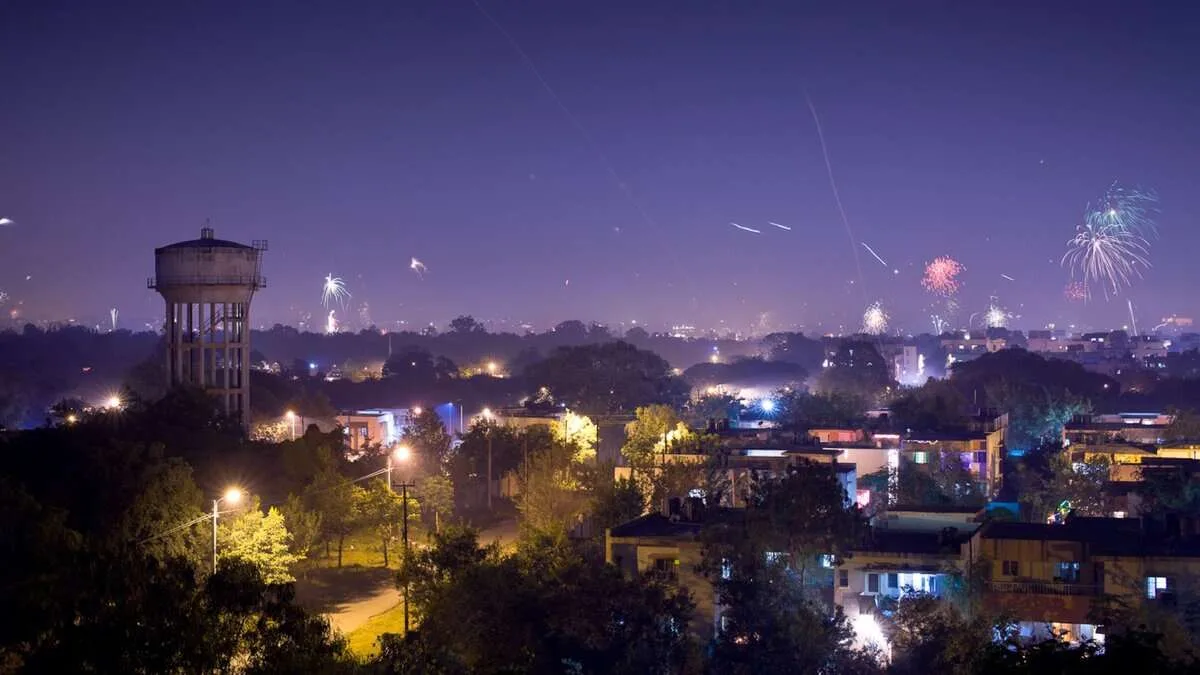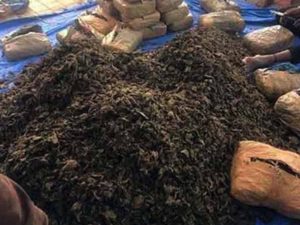Hyderabad: As firecrackers lit up the sky on Deepawali day across Hyderabad, the city’s air quality slipped to extremely hazardous levels.
On October 20, the city recorded an air quality index (AQI), measured through PM2.5 concentration, from moderate to severely unhealthy within an hour after 7 pm, as easterly winds carried thick smoke and particulate matter across neighbourhoods, The Hindu reported.
Areas such as Sanathnagar, Ameerpet, Attapur, Kukatpally, Jubilee Hills and nearby localities were enveloped in haze and a strong sulphuric odour as fireworks intensified. By 9 pm, pollution levels had soared, with Kukatpally recording a PM 2.5 level of 945, exceeding the hazardous limit of 301.
Somajiguda reported 467, Secunderabad 362 and Vittal Rao Nagar 511, while most other sensors across the city showed readings above 250, marking the air unsafe to breathe. Even the University of Hyderabad, located on the outskirts of the city, logged 661 at 9 pm.
By 10 pm, Kukatpally’s PM2.5 reading surged further to 1,133 µg/m³, nearly four times higher than India’s hazardous benchmark.
Central Hyderabad areas recorded levels above 300. Such particulate matter poses grave health risks, as the fine particles can easily enter and harm the respiratory and circulatory systems.
At Sanathnagar, PM2.5 levels climbed from 252 at 8 pm to 500 by 10 pm, remaining dangerously high until midnight. Notably, the US Environmental Protection Agency’s AQI scale caps at 500. The pollution level dropped slightly to 442 by 1 am and 315 by 2 am, still within the hazardous range, before improving to the “poor” category by 3 am.
TSPCB monitoring networks go offline on Sunday
The Telangana State Pollution Control Board’s (TSPCB) monitoring network, which went offline on Sunday, came back online by Monday evening, The Hindu reported.
Citing a TSPCB statement, the report noted that PM2.5 and PM10 levels this year were slightly lower than during the same festive period in 2024. However, PM2.5 levels still spiked by 86 percent this Deepawali compared to normal days, with the 24-hour average recorded at 69 in 2025, against 84 in 2024.
Last year, several of the board’s real-time air quality stations, including those at Zoo Park, Bolarum, Patancheru, Somajiguda and Sanathnagar, had also gone offline around 10 pm on October 31, just as the city’s air quality began to worsen.
Over 50 eye injuries reported from firecracker mishaps
Meanwhile, the state-run Sarojini Devi Eye Hospital reported 54 cases of eye injuries caused by firecrackers over the past three days. Most injuries were linked to high-decibel “Mirchi bombs.”
“We had a total of 54 people come to the hospital with eye injuries in the past three days. Out of these, 23 cases are serious, with vision affected. Four have been admitted, and three are being taken up for surgery. Two of them are in a critical condition, one a child and the other an adult,” The Hindu quoted Dr Pandharpurkar as saying.







